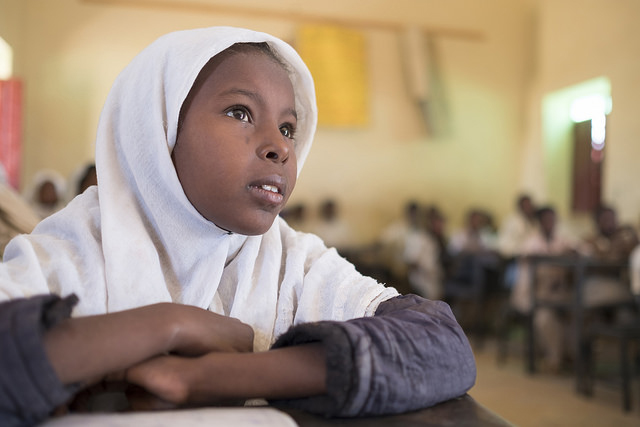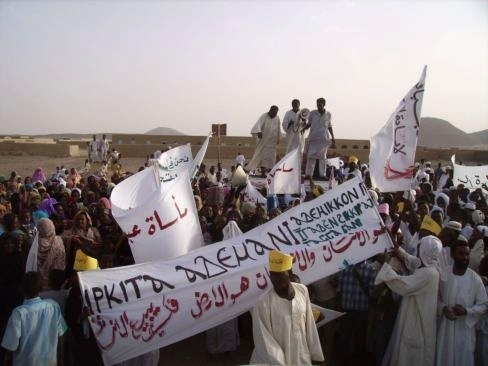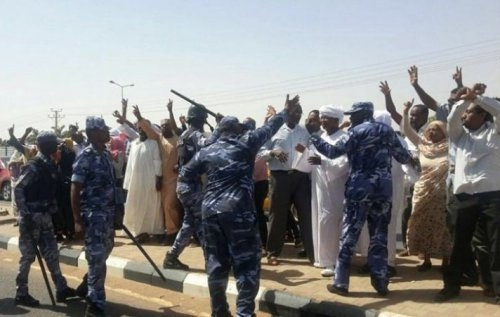The Nubian people living in the Nile Valley of northern Sudan are as determined as ever to prevent the construction of two huge hydroelectric dams across the river that would destroy their homes. They don’t want to make the mistake the Nubians in the Aswan area of southern Egypt made in the 1960s by giving in to projects that will destroy their communities and force them to be relocated to new homes in the desert.

A news story last week by a radio station in Sudan reported that the Sudanese Youth Committee against the Kajbar and Dal Dams has reiterated its demands that the national government investigate the deadly shooting of protesters by security forces in 2007. Nubians had been peacefully protesting the Kajbar Dam when the tragedy occurred. At that shooting, four protesters were killed and about 20 people were seriously injured. The Dal Dam is proposed for the Second Cataract of the Nile and the Kajbar Dam for the Third. Both dams would create vast reservoirs that would submerge the homes of many thousands of Nubians.
The Nubians were using the 11th anniversary of the 2007 massacre to capture some attention from the media. Mohamed Salah, Chairman of the Youth Committee, said that the government in Khartoum is procrastinating by delaying “the prosecution of the criminals, who shot with live bullets on peaceful protesters.” He said that the committee is arranging events to commemorate the Kajbar tragedy in the next few days.

Last week’s article reviewed the protests of the past several years, particularly the events of November 2015 when the Nubians erupted over the news that the King of Saudi Arabia had agreed to finance the construction of the two dams. A group called the Association of Nubians, based in northern Sudan, claimed that constructing the two dams would destroy 7,000 years of Nubian civilization. As Salah told the reporter, “the Nubians in northern Sudan will continue to oppose the construction of the dams because of its dangerous environmental consequences.” He added a rhetorical flourish: “We will build a dam to stop the attempts to build the dams.”
The First Vice-President of Sudan, Bakri Hasan Saleh, has said that construction of the two dams will begin next year but Salah, from the Youth Committee, downplayed the threat. He said that the government has issued such threats before and has not actually begun the construction work. But the committee is seriously opposed to the plan. During a public event on November 11, 2015, at the University of Khartoum, members of the committee spoke passionately about their opposition. “The dams will only be constructed on our dead bodies,” they were quoted as stating at the time.

On February 17, 2016, protests again erupted in Khartoum over the signing of the intergovernmental agreement to construct the two dams. Security troops forcefully disbursed a crowd of protesters. A protester at the time told a reporter that the police “were extremely violent” in their actions.
The Kajbar Dam alone, if built at the third cataract as proposed, would create a reservoir of about 110 square km, generate 360 megawatts of electricity, displace over 10,000 people from their communities, and destroy around 500 archaeological sites.